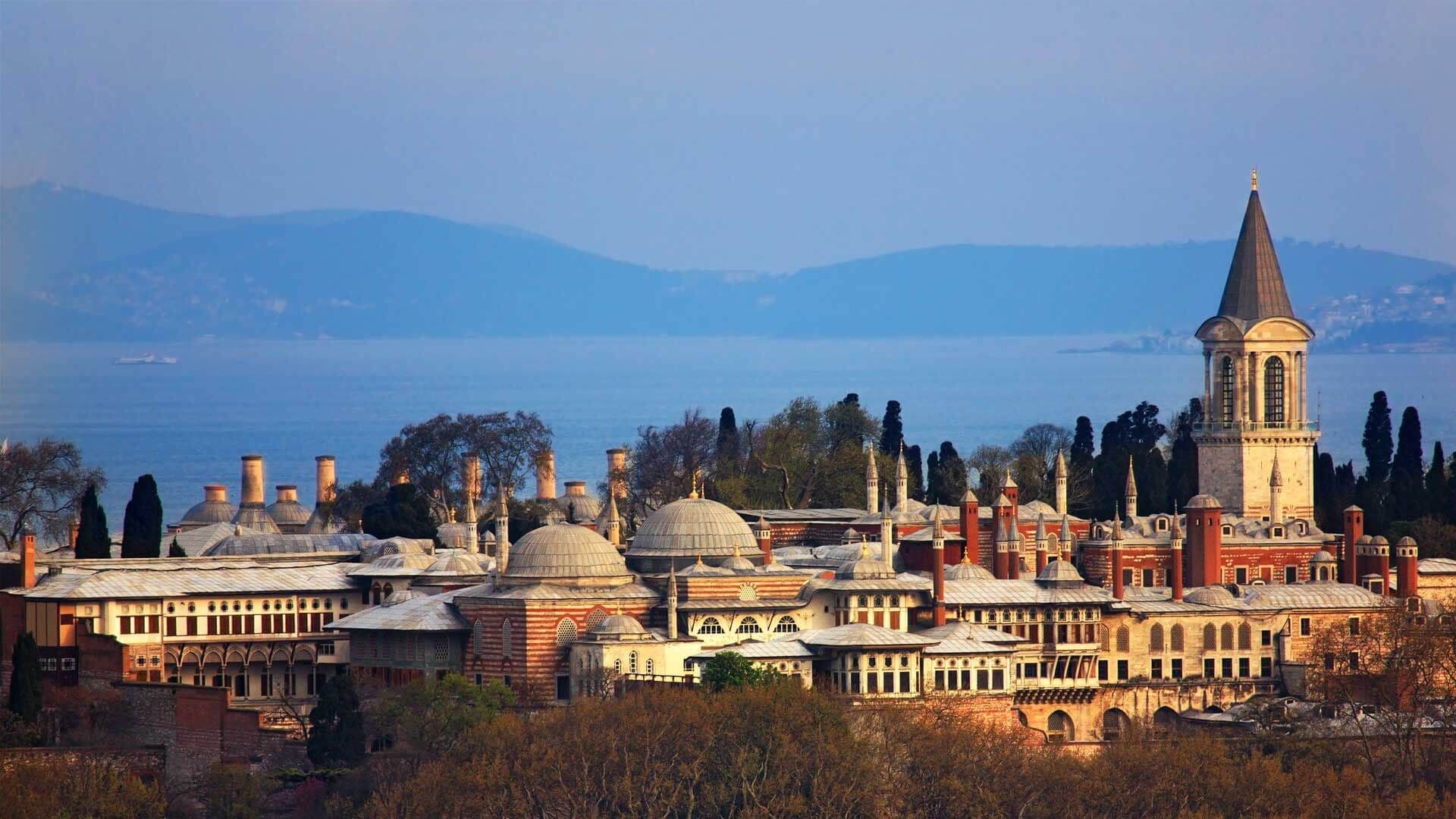The name Beylerbeyi comes from the Turkish beylerbey meaning "Lord of Lords"
When the Ottoman Empire ruled much of what is now Central Europe and the Middle East, their rulers, the sultans called Istanbul home. They built lavish palaces to house their court, much as the French kings did at Versailles. No palaces were grander than the complex of buildings called Topkapi along the Bosphorus River. Like Versailles, Topkapi was not just a palace, but the center of Ottoman culture that attracted the most accomplished dancers, writers, artists and craftsmen.
However, Topkapi isn't the only Ottoman palace in Istanbul. The city offers three palace complexes, each with its own unique design, history and character.
Topkapi
The first, the Topkapi complex, was built in the 15th century and is made up of the royal palace and a museum whose collection includes several important Muslim relics, a royal collection of porcelain, the luxurious robes of the sultans and much more. The palace itself is constructed with four courtyards, the innermost of which housed the sultan's apartments, because the Ottomans believed that their rulers should isolated from common people. In its heyday, Topkapi housed housed more than 4,000 people and was a self-contained city, with its own mosque, hospital, bakeries and even a mint to make coins.
The Ottoman Palace at Beylerbeyi
The second palace was built as a summer palace on the Asian side of the Bosphorus in the 1860s and resembles western European palaces, such as Vienna's Schönbrunn. Though elegant, the palace is much smaller and much less ornate than Topkapi. Beylerbeyi Palace has been used to host a number of foreign guests over the years, including Empress Eugenie of France in the 19th century and, more recently, the Duke and Duchess of Windsor.
Adile Sultan Palace
The last of the three palaces is located along the Asian banks of the Bosphorus. It was built in the mid-19th century for the Ottoman Princess Adile Sultan and was small by palace standards, with just 55 rooms. Most of the original palace was lost to a fire in 1986, but the building has been painstakingly restored through several generous donations over the years. It stands today overlooking the river as the Sakıp Sabancı Kandilli Education and Culture Center.
